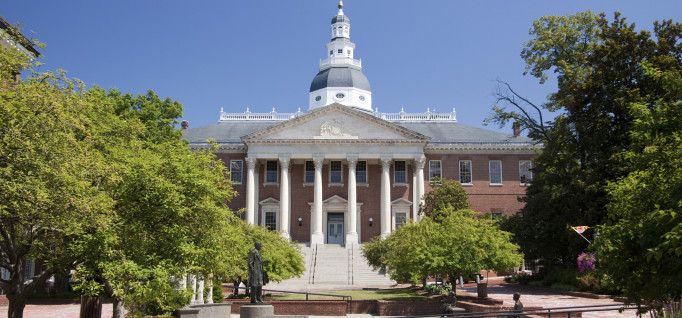5 Ways to Fight Midyear Funding Cuts
By Heather Boerner
March 17, 2015
AACC’s David Baime shares advocacy ideas that put the spotlight on students and the community.
Colleges across the country continue to face budget cuts, but advocacy efforts can educate legislators on the effects the loss of important dollars can have. It’s a necessary move, because community colleges long ago cut the fat from their budgets, says David Baime, AACC’s senior vice president of government relations and research. Any further cuts can pierce bone.
“Our colleges are so lean, administratively, in instruction and otherwise, that cuts of any depth result invariably in a reduction of services to students,” he says. “All the things that the college would do normally could be deeply compromised.”
Is your college wondering how to fight budget cuts midway through the fiscal year? Baime has a few suggestions:
- Meet legislators where they are — and bring your best ambassadors. Visiting state legislators is a smart and fortuitous move, Baime says, because students shift the discussion from dollars to real people’s lives. “Students advocating about the impact of access [and cuts] is always compelling. Students do have a big impact.”
- Bring legislators to campus. It’s one thing to see a student in the halls of the legislature; it’s another to see life on a college campus and all the people college helps — or hurts, if there are budget cuts. “Bringing legislators to campus is the best way to get people invested in the work of the colleges,” Baime says.
- Focus on economic effects.
EMSI’s new economic impact report for AACC quantifies what college leaders have long known: The economic impact of community college is vast. According to the report, community colleges resulted in an $809 billion impact in 2012 — that’s 5.4 percent of the U.S.’s gross domestic product. Another study, out of Washington state, found that certain community college degrees also resulted in real-world income growth of 15 percent for graduates. “Certainly, policymakers are receptive to arguments about the economic impact of our institutions,” Baime says. So it’s important to bring the numbers and let them tell a story that students can’t — but a story that’s equally as important and persuasive.
- Focus on equality. The economic impact argument’s twin pillar, says Baime, is the argument about the social good of an educated electorate and the social good of increasing educational access and opportunity. “It’s an individual access/opportunity perspective, as opposed to an economic impact story,” he says. “That’s very much an appeal to legislators. They want to be sure to educate people, because it’s the right thing to do.”
- Bring in the big guns. Having the support of other public officials — and access to legislators — is certainly a hopeful sign for the colleges that face the cuts. But don’t forget state community college organizations, alumni groups and other organizations that rely on and believe in the mission of community colleges. “A strong, close relationship with your local legislature is really essential — an essential part of the CEO’s job,” Baime says. “And hopefully you get help doing that, through one state organization or another.”
For more advocacy and funding news and guidance, check out the AACC website.










